Comrade HO XUAN HOE - Member of the Party Central Committee, Director of the Department of Agriculture and Rural Development answered the interview
- Dear comrade! Could you please tell us how the Department of Agriculture and Rural Development of Quang Tri province has implemented the goal of comprehensive agricultural restructuring, increasing added value and sustainable development in the direction of "ecological agriculture, modern countryside, civilized farmers" in the past time to gradually contribute to making the agricultural economy a pillar in the economic structure of the province?
- Following Resolution No. 26-NQ/TW dated August 5, 2008 of the 10th Party Central Committee on agriculture, farmers, and rural areas, on June 16, 2022, the 13th Party Central Committee issued Resolution No. 19-NQ/TW "on agriculture, farmers, and rural areas to 2030, with a vision to 2045".
On that basis, Quang Tri Provincial Party Committee issued Action Program No. 46-CTHĐ/TU to implement Resolution No. 19-NQ/TW dated June 16, 2022 of the 5th Conference of the 13th Party Central Committee "on agriculture, farmers and rural areas to 2030, with a vision to 2045", with the viewpoint: Developing agriculture, farmers and rural areas is a key and regular political task of the entire political system and the whole society; must continue to prioritize resources for investment to ensure harmonious development between rural and urban areas, between regions and localities; closely linking industrial development, agricultural services, sustainable rural development with the urbanization process in the direction of "ecological agriculture, modern countryside, civilized farmers".

Harvesting rice in Cam Lo fields - Photo: D.T
With the goal of comprehensively restructuring agriculture, increasing added value and sustainable development in the direction of "ecological agriculture, modern countryside, civilized farmers", the Department of Agriculture and Rural Development of Quang Tri province has actively coordinated with localities, relevant departments and branches to focus on directing the development of agricultural, forestry and fishery production in the direction of exploiting the potential and advantages of regions, selecting key products with competitive advantages, developing markets, building supply - production - processing - consumption chains; applying technology, forming a synchronous and sustainable agricultural economic ecosystem (organic agriculture, natural farming, ecological agriculture, high-tech application, environmental protection, modernization, disaster response, adaptation to climate change...).
Thereby, agricultural economy becomes a pillar in the economic structure, contributing to increasing added value per unit area, increasing product quality, creating competitiveness of product value in the market. Thereby, increasing farmers' income, contributing to the common goal of developing civilized and modern rural areas, synchronous with green growth, urban development and modern service industry of the province.
- Could you please tell us more about the initial results in the main areas of the provincial Department of Agriculture and Rural Development?
- It can be seen that the growth rate of the agriculture, forestry and fishery sector in 2023 reached 5.41%, contributing 1.07 percentage points to the province's overall growth. In the following specific areas:
In the field of cultivation, the Department of Agriculture and Rural Development has directed the planning of concentrated production areas, increased the synchronous application of scientific and technological advances, and environmental friendliness, selected key crops with competitive advantages of the province, promoted production associated with value chain linkage, combined with building product brands with commodity characteristics...
Thanks to that, concentrated production areas have been formed, with more than 30 greenhouses and net houses with an area of 3 hectares applying high technology; nearly 6,000 hectares of crops applying high technology; more than 20 models applying high-tech processes, Internet of Things (IoT) in production; more than 8,500 hectares of crops applying drones to care for and prevent pests on rice, cassava, etc.
In rice production, more than 95% of the production area applies mechanization in land preparation, 50% of the area applies row seeding tools and transplanters, 95% of the harvesting area applies mechanization and nearly 2% applies mechanization in preliminary processing.
High-quality rice accounts for over 80% of the cultivated area, the area of large-field rice production is estimated at 13,000 hectares. In addition, the area of various crops produced according to standards reaches over 1,200 hectares, of which: 237.5 hectares are certified according to organic standards; 10 hectares are certified for organic conversion; 597 hectares are organic; 129.5 hectares are naturally cultivated rice; 119.9 hectares are VietGap; 149.92 hectares are food safe. The area of production and product consumption linkage reaches over 1,780 hectares of rice, 300 hectares of medicinal herbs, 50 hectares of fruit trees, 400 hectares of coffee, and 5,000 hectares of cassava.
In addition, the industry is continuing to direct the development of agricultural value chains in localities for rice, medicinal plants, pepper, coffee, passion fruit and planted forest wood. At the same time, it is issuing growing area codes for crops eligible for export such as passion fruit, rice, coffee, pepper, bananas, etc.; issuing organic certificates and other safety certificates for rice, fruit trees, pepper, etc.
To adapt to climate change, the industry has advised the Provincial People's Committee to direct localities to convert 250-300 hectares of rice land without proactive irrigation water each year to grow other crops and grow rice combined with aquaculture. The conversion brings economic efficiency many times higher than rice cultivation.
In the field of livestock, the industry has promoted development towards high technology, biosafety, associated with processing linkage and branding for the province's livestock products; gradually reducing and moving towards no livestock farming in inner cities and towns; developing pig herds towards high technology application and continuing to implement the program of zebu-izing cattle herds towards meat production, supporting the development of beef cattle on a household scale participating in chain linkage; investing in centralized slaughterhouses according to planning.
Since then, remarkable results have been achieved. By the end of 2023, the total output of fresh meat for slaughter is estimated to reach 59,083.7 tons, exceeding the 2025 plan, the rate of zebu-ization of cattle herds reached over 72% of the total herd. The whole province currently has 697 livestock and poultry farms (an increase of 68 farms compared to 2022).
Of which: large-scale livestock farming has 23 farms, with over 70 farms applying high technology, linked with businesses. Currently, a number of large projects have come into operation, contributing to promoting livestock development.
Along with that, the effective implementation of institutions and policies on agriculture in general and livestock in particular has contributed to creating a breakthrough in livestock development in the province.
The development and application of high technology, organic agriculture, and value chain linkage in production have significantly contributed to creating new products, production processes applying new technology, new production methods; livestock breeds with high economic value, suitable for the specific conditions of each locality, actively contributing to the restructuring of the livestock sector in particular and agriculture in general.
Environmental protection in livestock farming is given special attention; scientific and technological solutions are applied to treat livestock waste... contributing to reducing greenhouse gas emissions, reducing environmental pollution, and ensuring the ecological environment.
In the field of aquaculture, continue to develop aquaculture, diversify farming objects and methods, and link along the value chain. Apply high-tech shrimp farming, invest in intensive farming; manage farming area planning, especially shrimp farming on sand, to ensure sustainable development. Improve fishing capacity, promote offshore exploitation, increase preservation and processing capacity, and create products with high added value. As a result, the whole province has 107 hectares of high-tech aquaculture.
The farming objects are increasingly diversified. Productivity and output are increasingly improved, growth rate is increasing; aquaculture develops towards commodity production, increasing added value; creating jobs and high income for rural residents, contributing to hunger eradication and poverty reduction, and socio-economic development of the province.
Aquaculture output in 2023 will reach 34,760.5 tons, equal to 96.9% compared to 2022, reaching 92.6% of the plan (37,500 tons), of which: aquatic exploitation output will reach 27,260 tons, equal to 101.5% of the plan, aquaculture output will reach 7,500.5 tons, equal to 83.2% of the plan. Aquaculture area in 2023 will reach 3,393.63 hectares, equal to 94.32% compared to the same period last year and reaching 92.27% of the plan (3,600 hectares).
In the forestry sector, the sector focuses on building the forestry sector into an economic-technical sector; improving the quality of management, protection, development, and effective and sustainable use of forestry resources; strongly shifting the development of production forests to large timber forests with sustainable forest management certificates; transforming the forestry seed structure towards using tissue cultured seeds to serve the development of large timber forests.
Attracting enterprises to deeply process planted forest wood associated with high-quality raw material areas. Diversifying types of services from the forest environment. Quang Tri is one of the leading provinces in the country in planting raw materials and processing planted forest wood.
In 2023, the total forest area in the province is 248,189 hectares, of which: natural forest 126,694 hectares, planted forest 121,495 hectares, forest cover rate reaches 49.4%, contributing significantly to stabilizing the ecological environment, landscape and minimizing the consequences caused by climate change. Sustainable forest management and forest certification are of particular concern.
Quang Tri has become one of the top provinces in the country in certified forest planting, with a certified area of over 22,165 hectares; large timber plantations to date are 18,049.6 hectares (including: 4,250.6 hectares of large timber plantations; conversion from small timber to large timber business: 13,799 hectares) out of a total of 96,530.53 hectares of production plantations. This is the main source of raw materials for processing, trading domestic forest products and for export.
Produce over 30 million quality forestry seedlings of all kinds to organize concentrated afforestation well. The forest plantation area in 2023 will reach 11,516.59 hectares. Forest productivity will reach 100-140 m3/ha/business cycle (5-7 years), production value per unit area will reach 10-15 million VND/ha/year.
Output growth is quite good, productivity of planted forests is increasingly high. In 2023, the output of exploited planted forests is 1,074,384 m3, contributing to ensuring a stable supply of raw materials for the wood processing industry in and outside the province.
- How do you evaluate the level and capacity of farmers in the province today, especially the key role of farmers in the process of building new rural areas?
- Along with the development of the agricultural sector, the level and capacity of farmers in the province have been gradually improved; shifting from agricultural production thinking to agricultural economics, gradually adapting to the socialist-oriented market economy.
Farmers have better promoted their role as subjects, participated in cooperation, association, transformed production structure, developed economy, restored and developed rural industries, built new rural areas, preserved national cultural identity, maintained political security, order and social safety.
New rural construction has become a widespread movement, with the active participation of the entire political system and the entire population; contributing to accelerating the process of industrialization and modernization of agriculture and rural areas.
The rural economic structure has shifted positively, increasing the proportion of industrial and service economy; income and material and spiritual life of rural residents have been constantly improved, the rate of poor households has decreased rapidly, the number of well-off and rich households has increased; the appearance of Quang Tri countryside has changed significantly; the people's trust in the Party, the State and our regime has been increasingly consolidated and enhanced. Thanks to that, up to now, the whole province has 1 district meeting the new rural standards, 74/101 communes meeting the new rural standards (accounting for 73.26%).
- To continue successfully developing agriculture, farmers, and rural areas in the direction of "ecological agriculture, modern countryside, civilized farmers", what key tasks and solutions will the provincial Department of Agriculture and Rural Development implement in the coming time, sir?
- In the coming time, to continue to successfully develop agriculture, farmers, and rural areas in the direction of "ecological agriculture, modern countryside, civilized farmers", in addition to continuing to effectively implement the tasks and solutions set forth in Resolution No. 03-NQ/TU, dated November 4, 2021 of the Provincial Party Committee, term XVII, on implementing the National Target Program on new rural construction for the period 2021 - 2025, with a vision to 2030 and Conclusion No. 168-KL/TU, dated November 4, 2021 of the Provincial Party Committee, term XVII, on continuing to promote agricultural restructuring for the period 2021 - 2025, with a vision to 2030 in Quang Tri province; Action Program No. 46-CTHĐ/TU to implement Resolution No. 19-NQ/TW dated June 16, 2022 of the 13th Party Central Committee "on agriculture, farmers, and rural areas to 2030, with a vision to 2045", needs to focus on the following key tasks and solutions:
Improve the quality and effectiveness of propaganda work on the role, position, and capacity to master, and comprehensively improve the material and spiritual life of farmers and rural residents. Promote the development of effective and sustainable agriculture in the direction of ecology, circular agriculture, and nature, synchronously applying advanced science and technology to improve quality and added value.
Effectively organize the implementation of socio-economic development planning and strongly develop industry and services, shift economic structure, and create jobs for rural workers. Continue to improve institutions and policies on agriculture, farmers, and rural areas. Build rural areas in a modern direction associated with urbanization.
Create breakthroughs in research, application of science and technology, innovation, digital transformation; train human resources in agriculture and rural areas; effectively implement resource management, protect the rural environment, improve adaptability to climate change, and prevent natural disasters.
Actively and proactively integrate and cooperate internationally, expand markets, attract resources and promote science and technology transfer. Strengthen the leadership of the Party, improve the effectiveness and efficiency of State management, promote the role of the Vietnam Fatherland Front, Farmers' Association and socio-political and socio-professional organizations in rural areas.
Developing agriculture, rural areas, and farmers with the orientation of "ecological agriculture, modern rural areas, and civilized farmers" is one of the major and consistent policies that significantly contributes to the implementation of the goals of restructuring the agricultural sector towards increasing added value and sustainable development associated with the national target program on new rural construction.
To do that, it requires the participation of the entire Party and the entire political system, the joint responsibility and contribution of all people, with the determination to build Quang Tri province to become increasingly rich, beautiful and civilized.
Thank you, comrade!
Dao Tam Thanh (performed)
Source


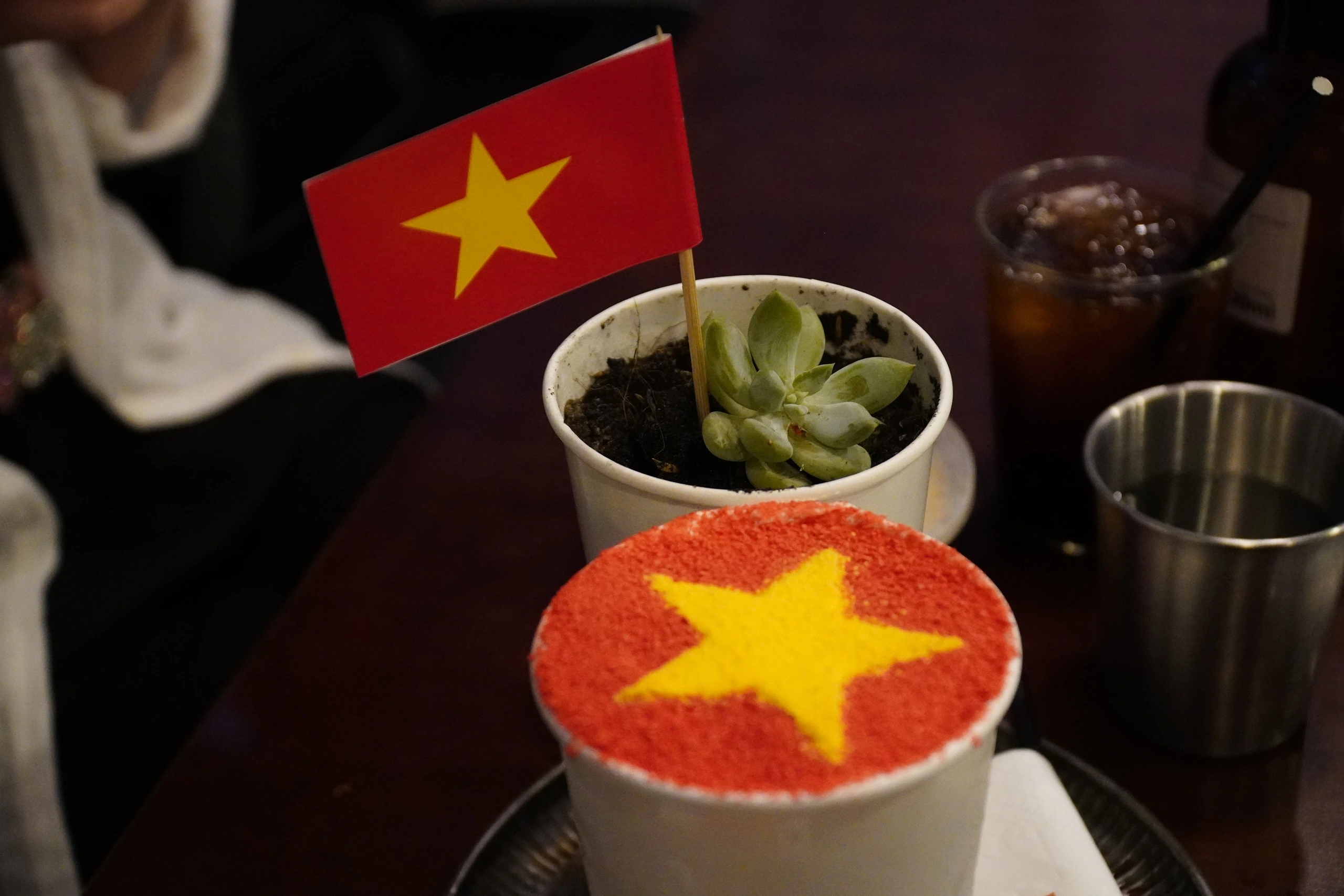
![[Photo] General Secretary To Lam receives Russian Ambassador to Vietnam](https://vstatic.vietnam.vn/vietnam/resource/IMAGE/2025/4/2/b486192404d54058b15165174ea36c4e)
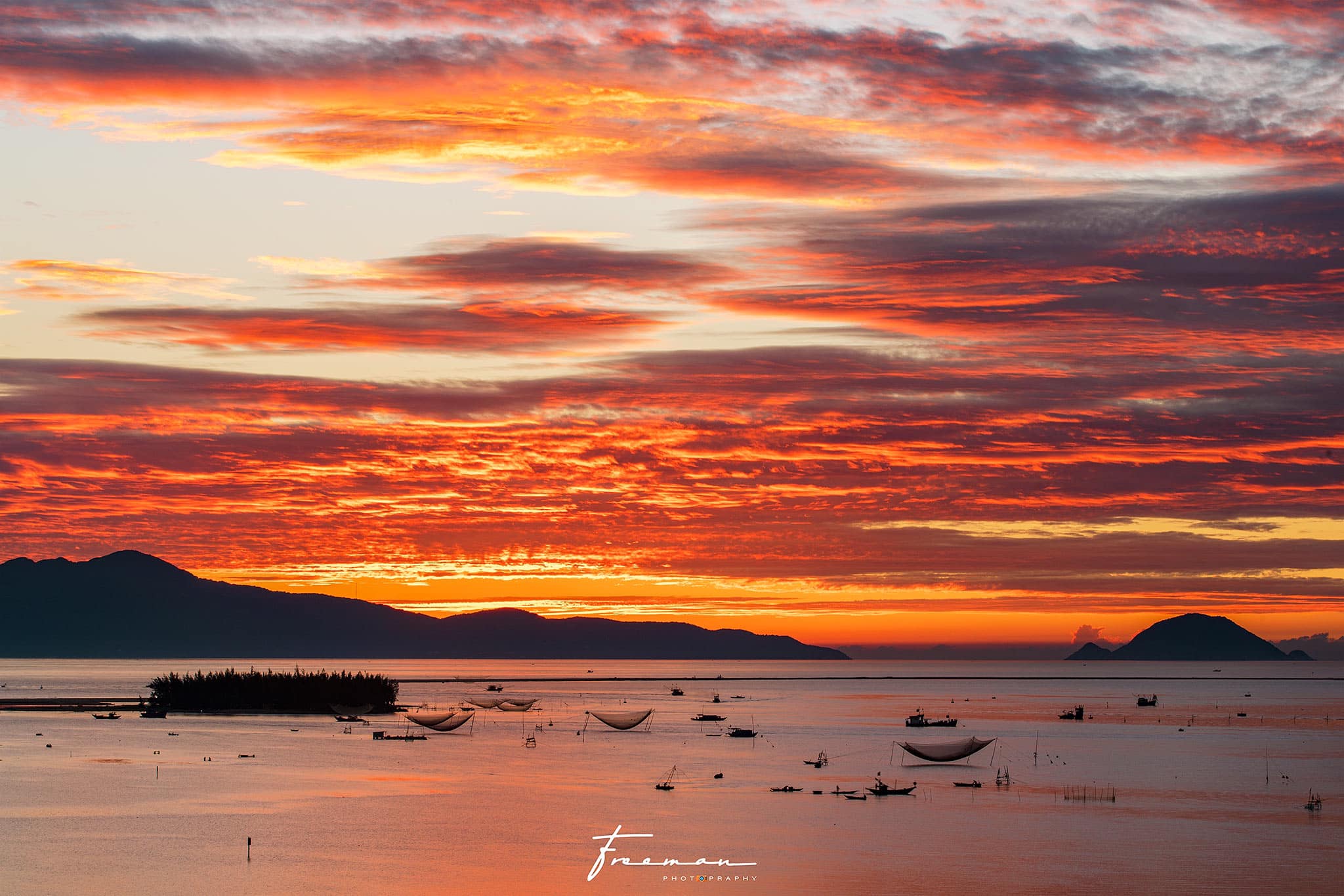

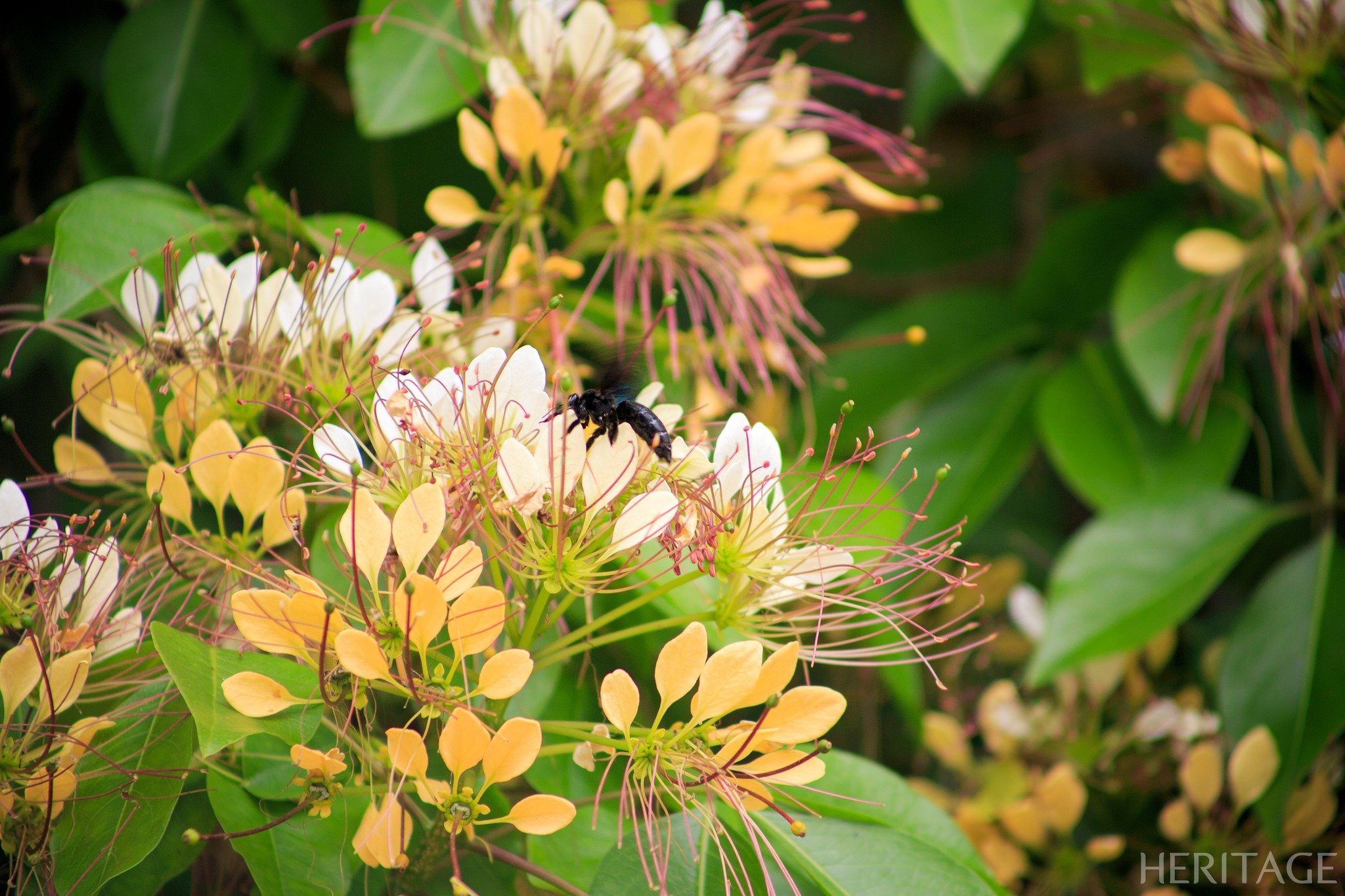
![[Photo] Third meeting of the Organizing Subcommittee serving the 14th National Party Congress](https://vstatic.vietnam.vn/vietnam/resource/IMAGE/2025/4/2/3f342a185e714df58aad8c0fc08e4af2)
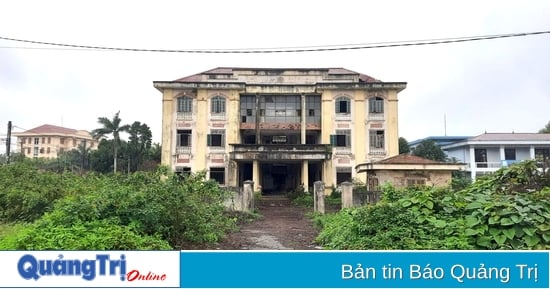

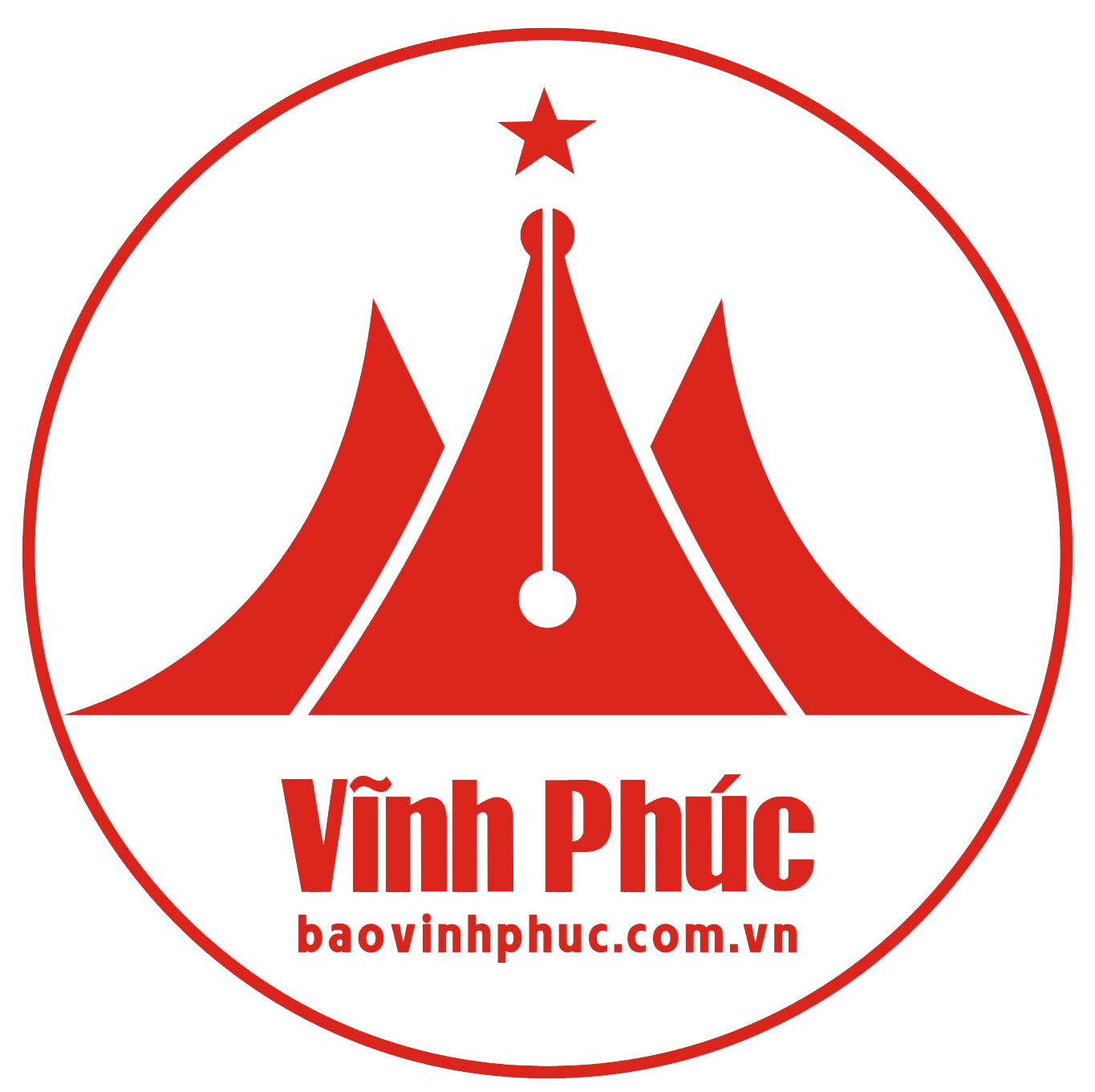
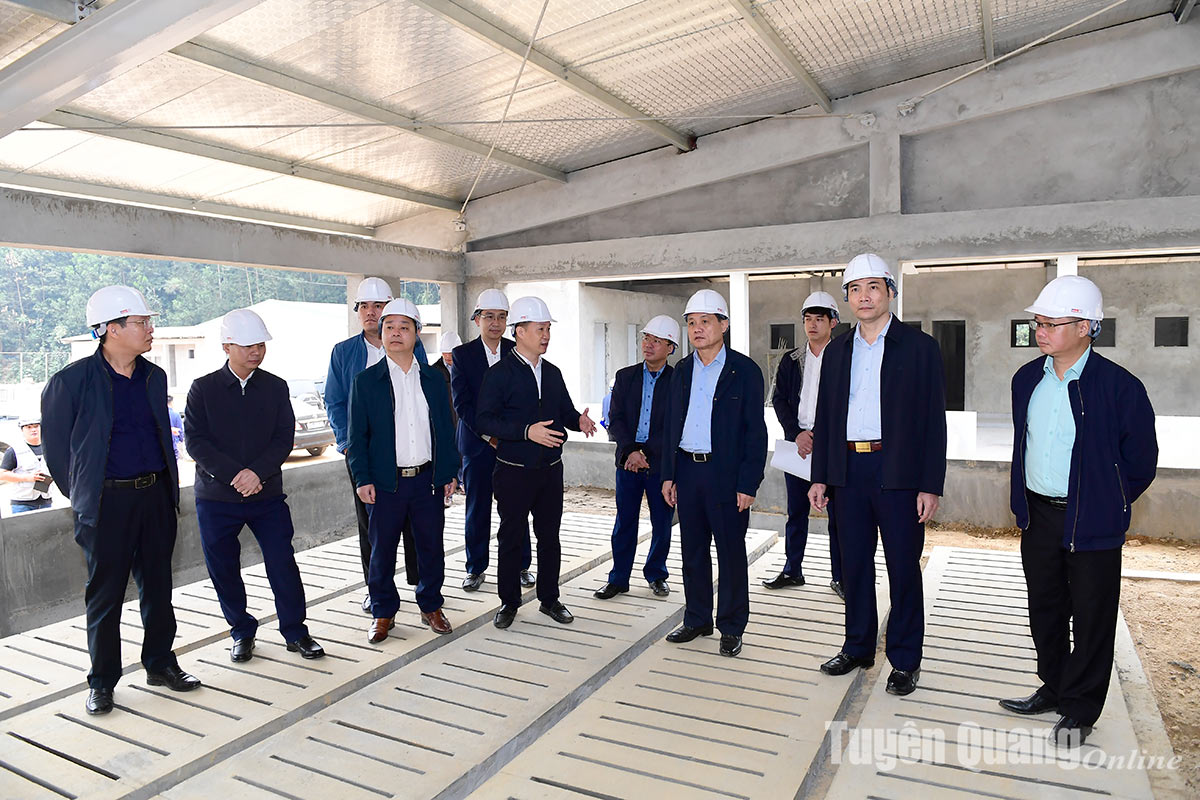
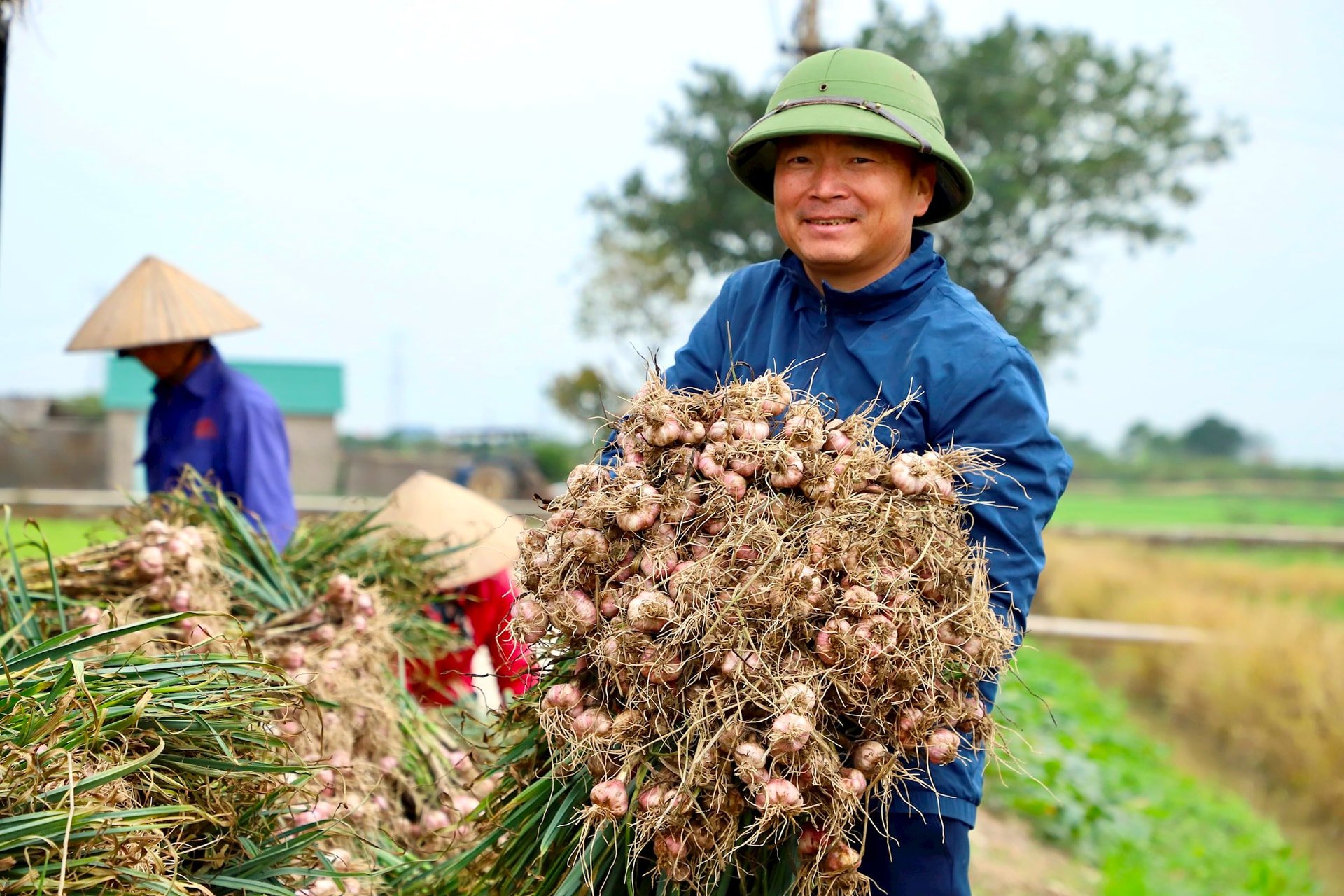



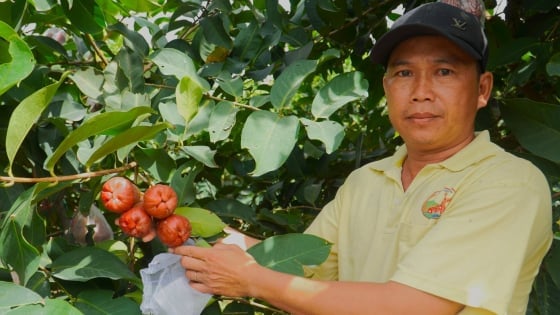

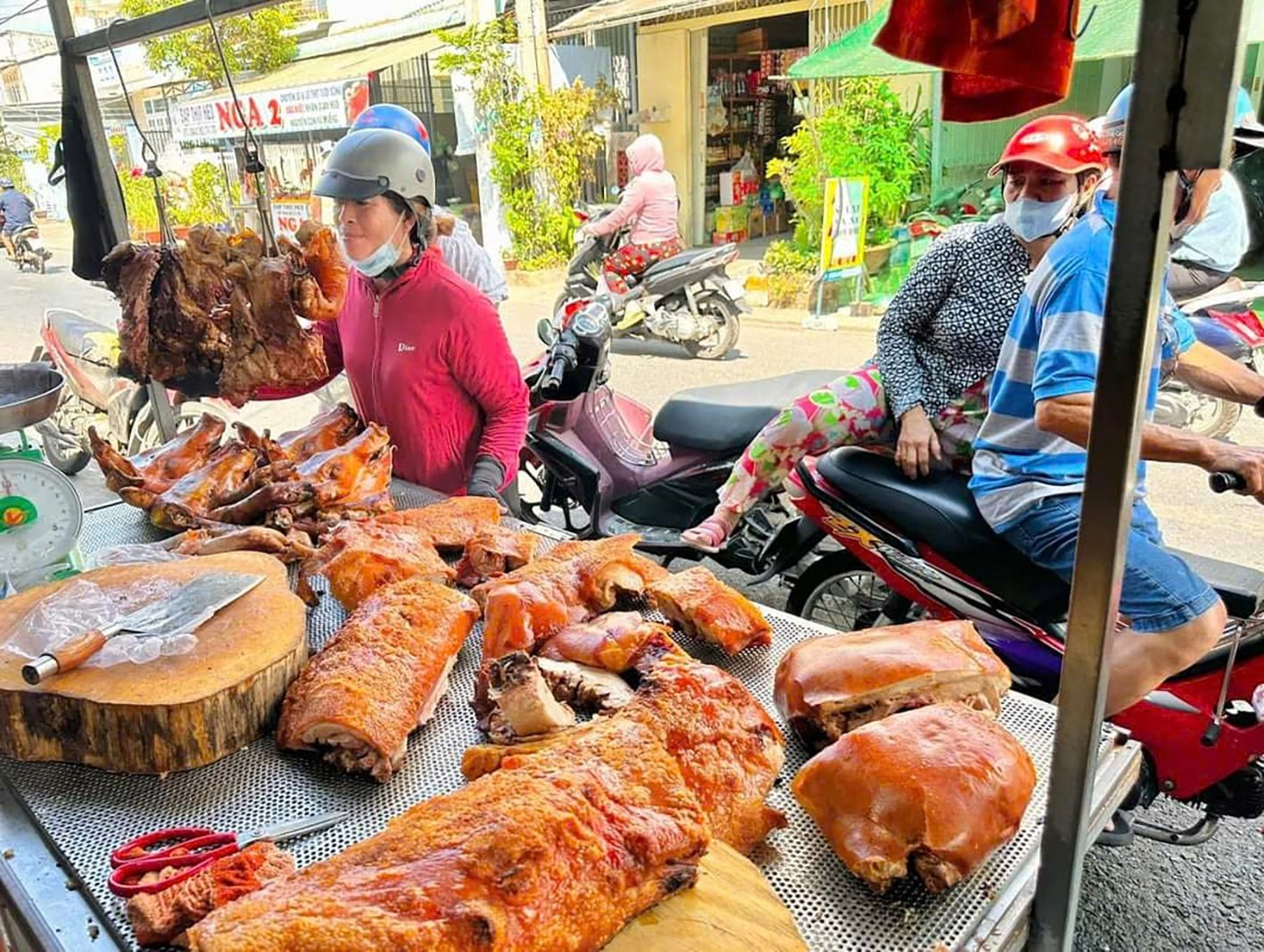

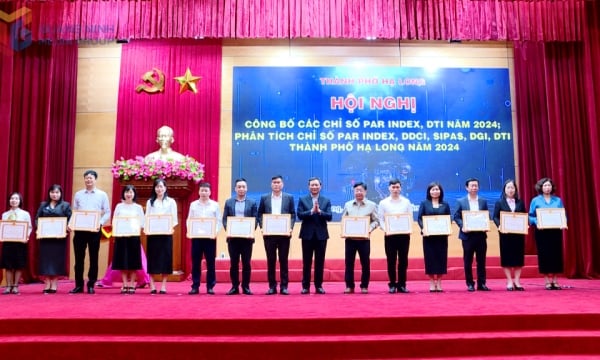
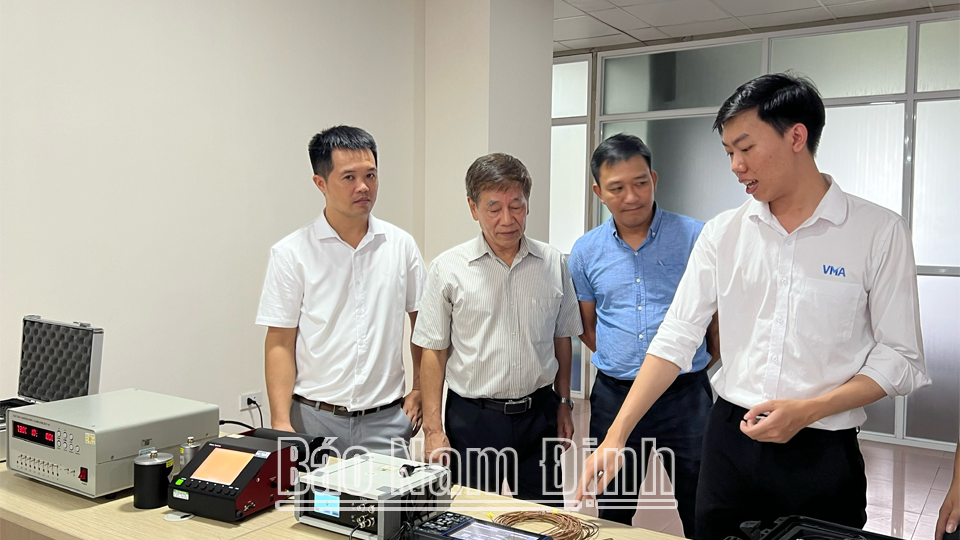
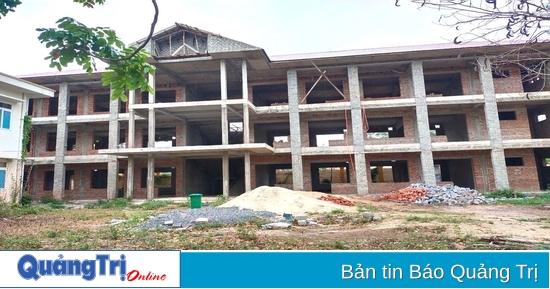
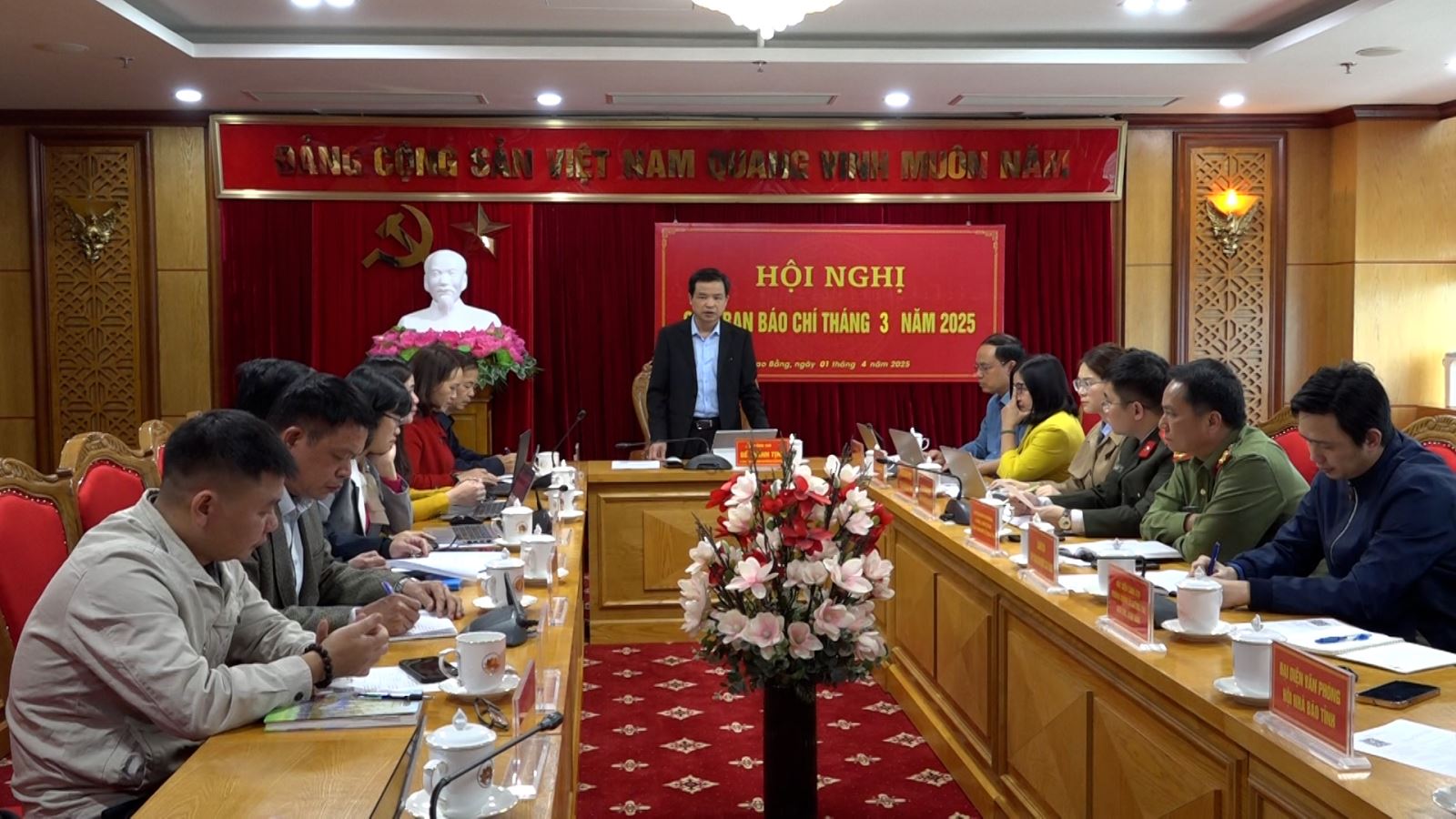



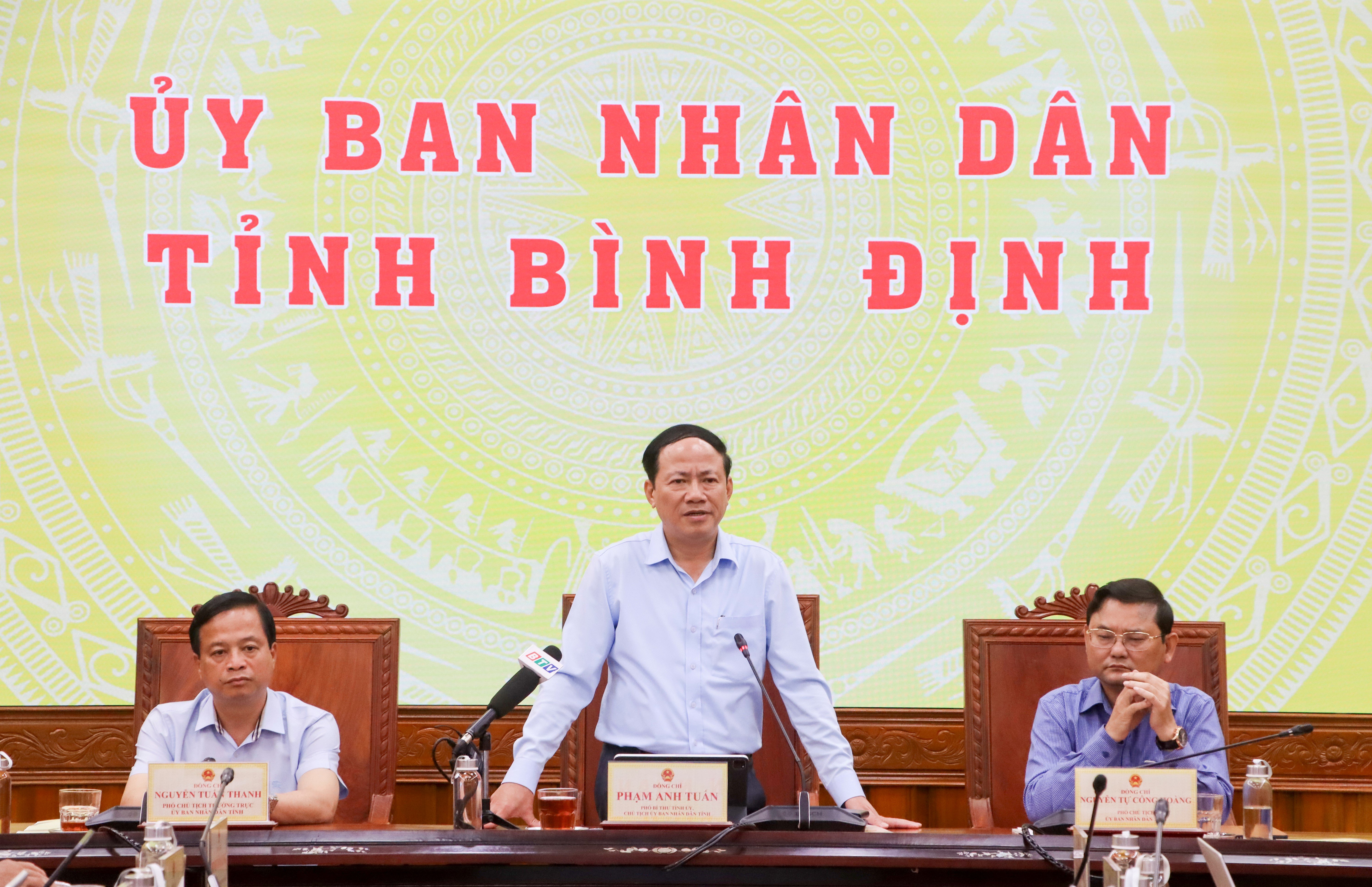
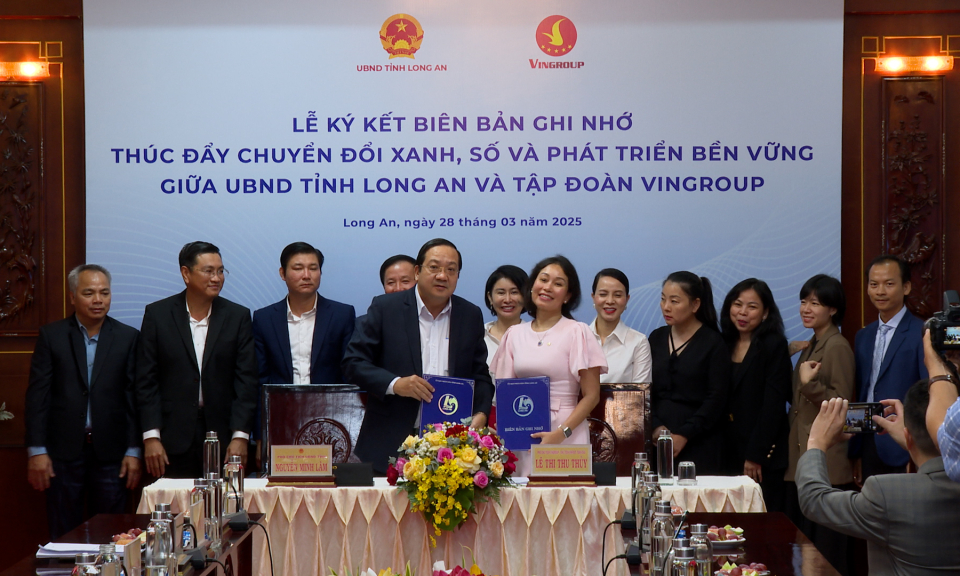
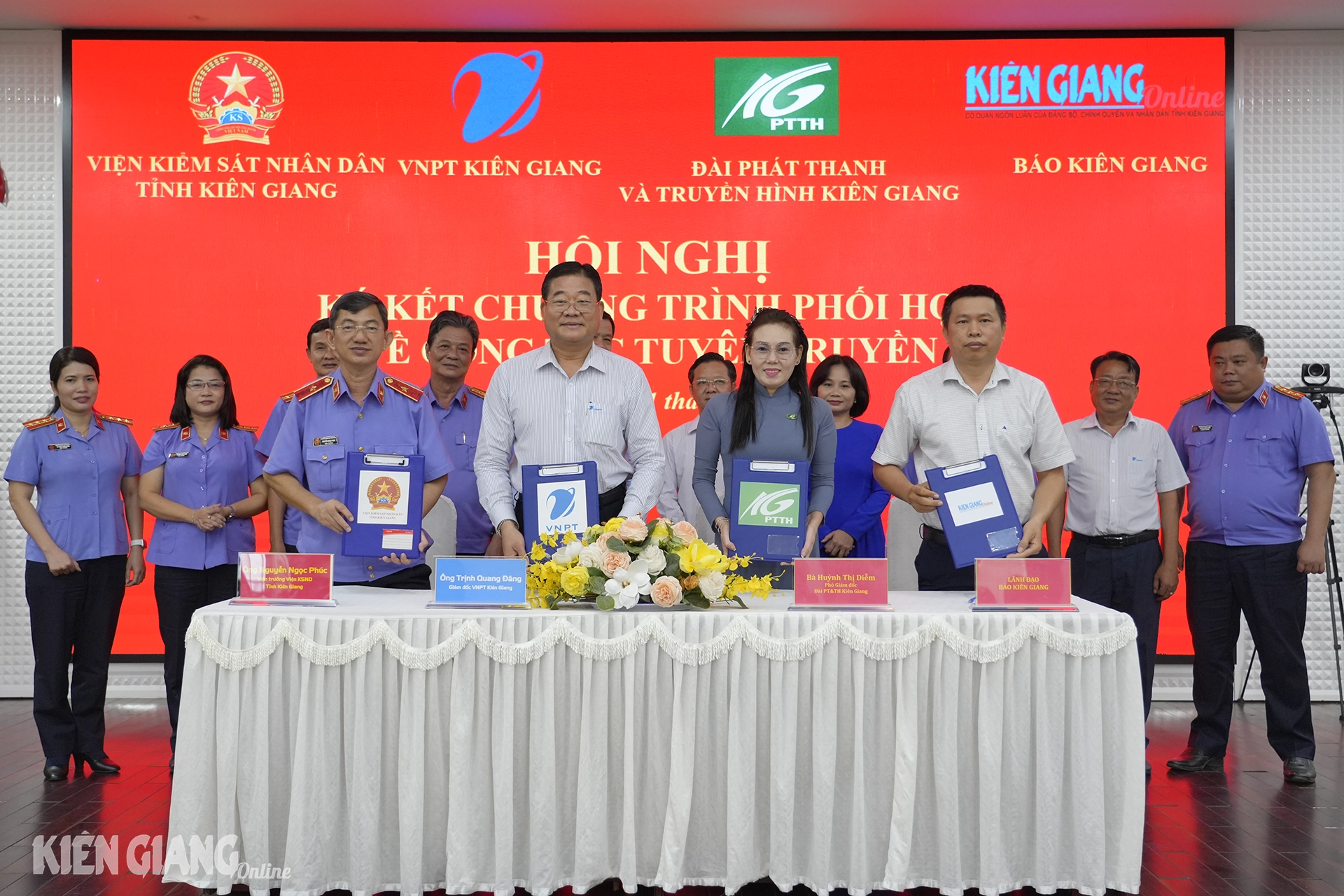
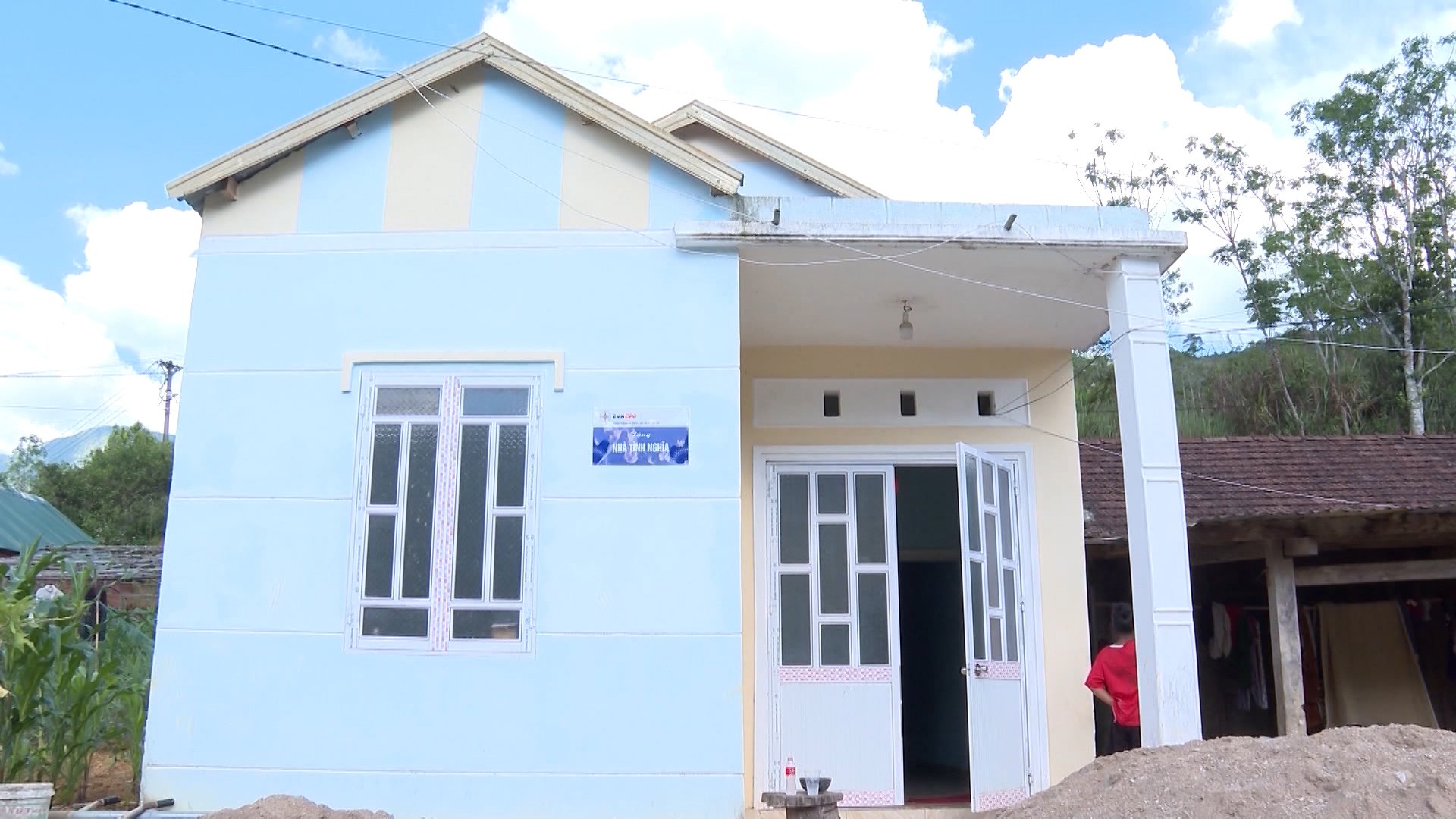
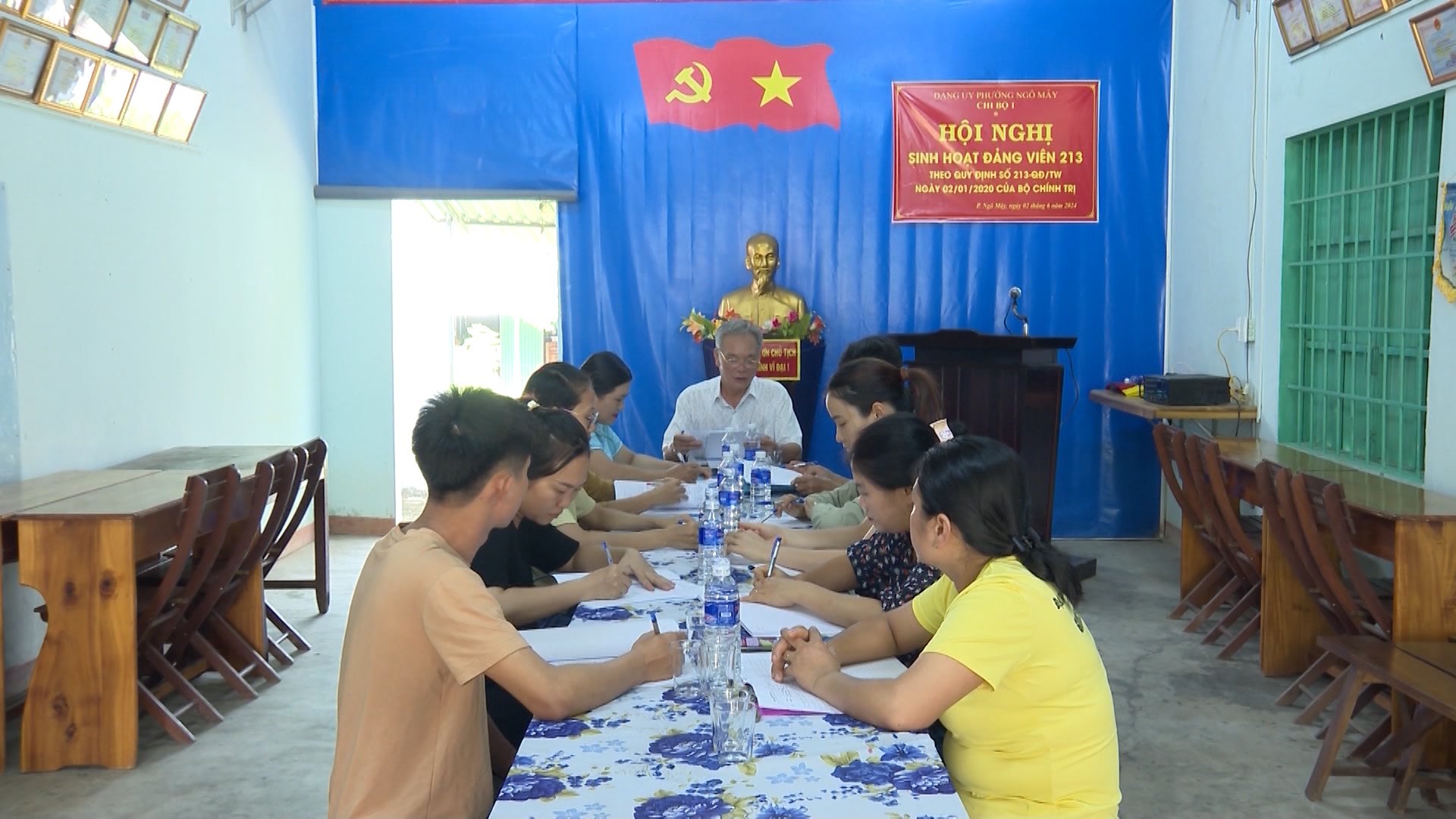
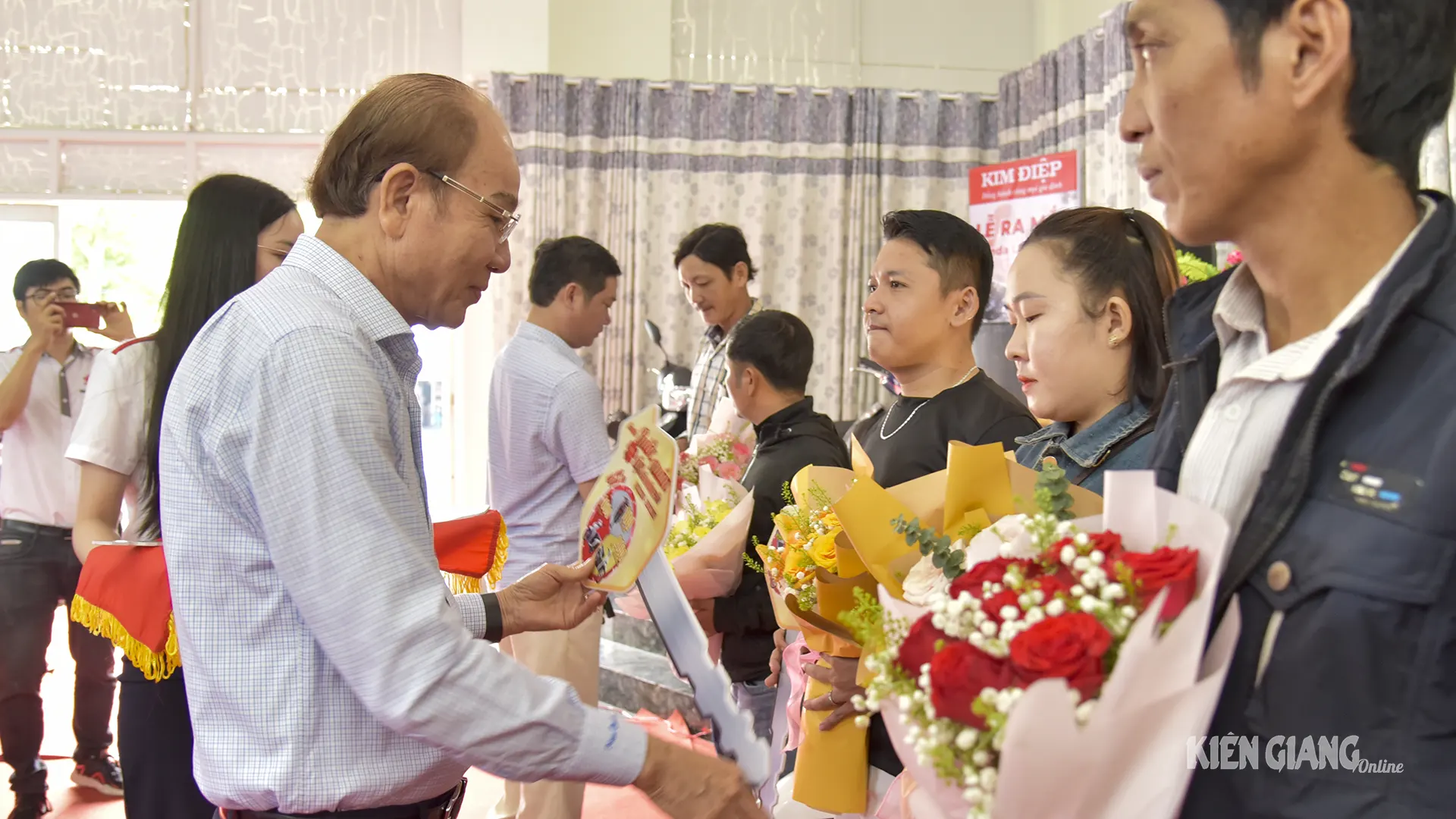
![[Photo] Relatives of victims of the earthquake in Myanmar were moved and grateful to the rescue team of the Vietnamese Ministry of National Defense.](https://vstatic.vietnam.vn/vietnam/resource/IMAGE/2025/4/2/aa6a37e9b59543dfb0ddc7f44162a7a7)














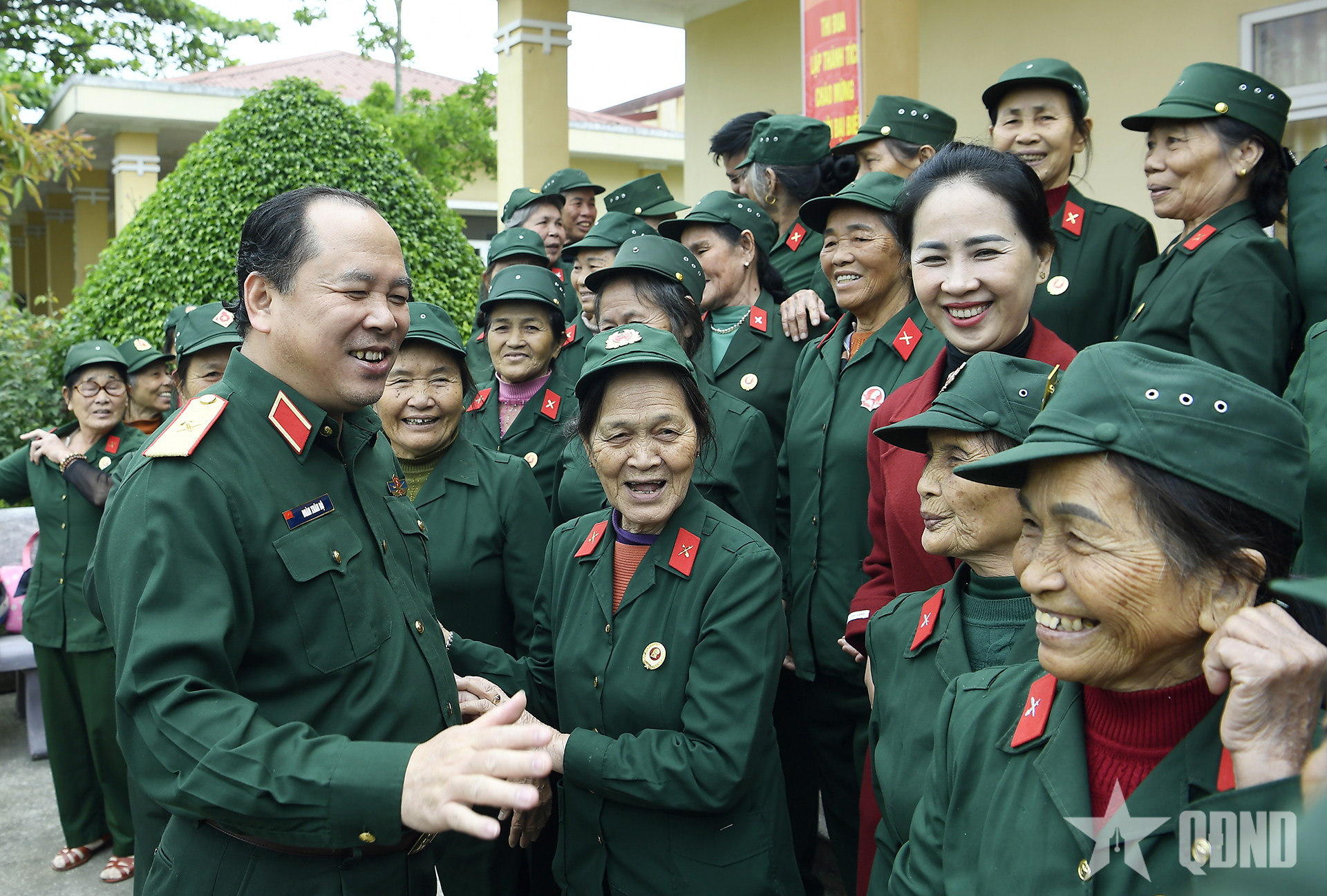


















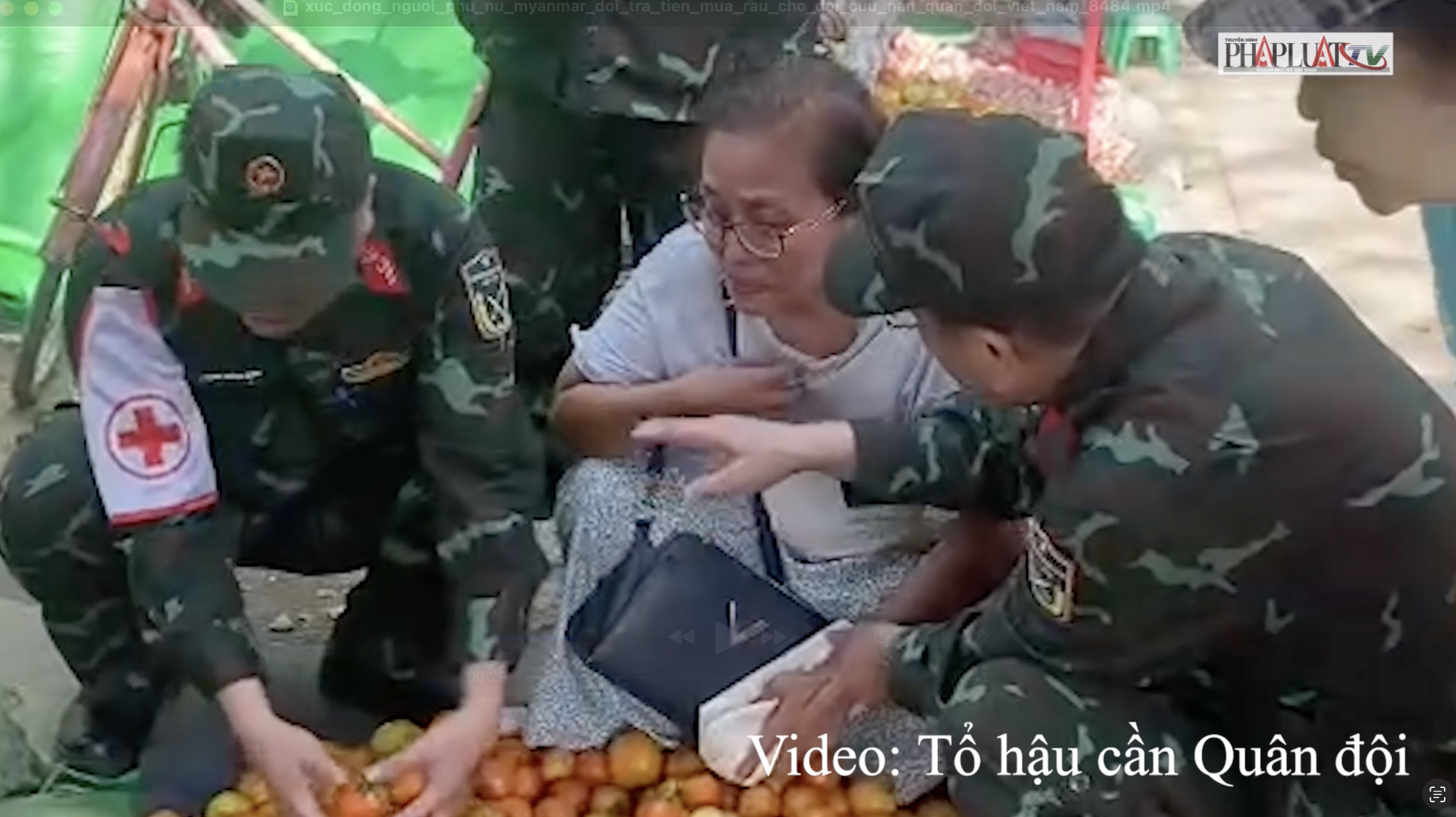

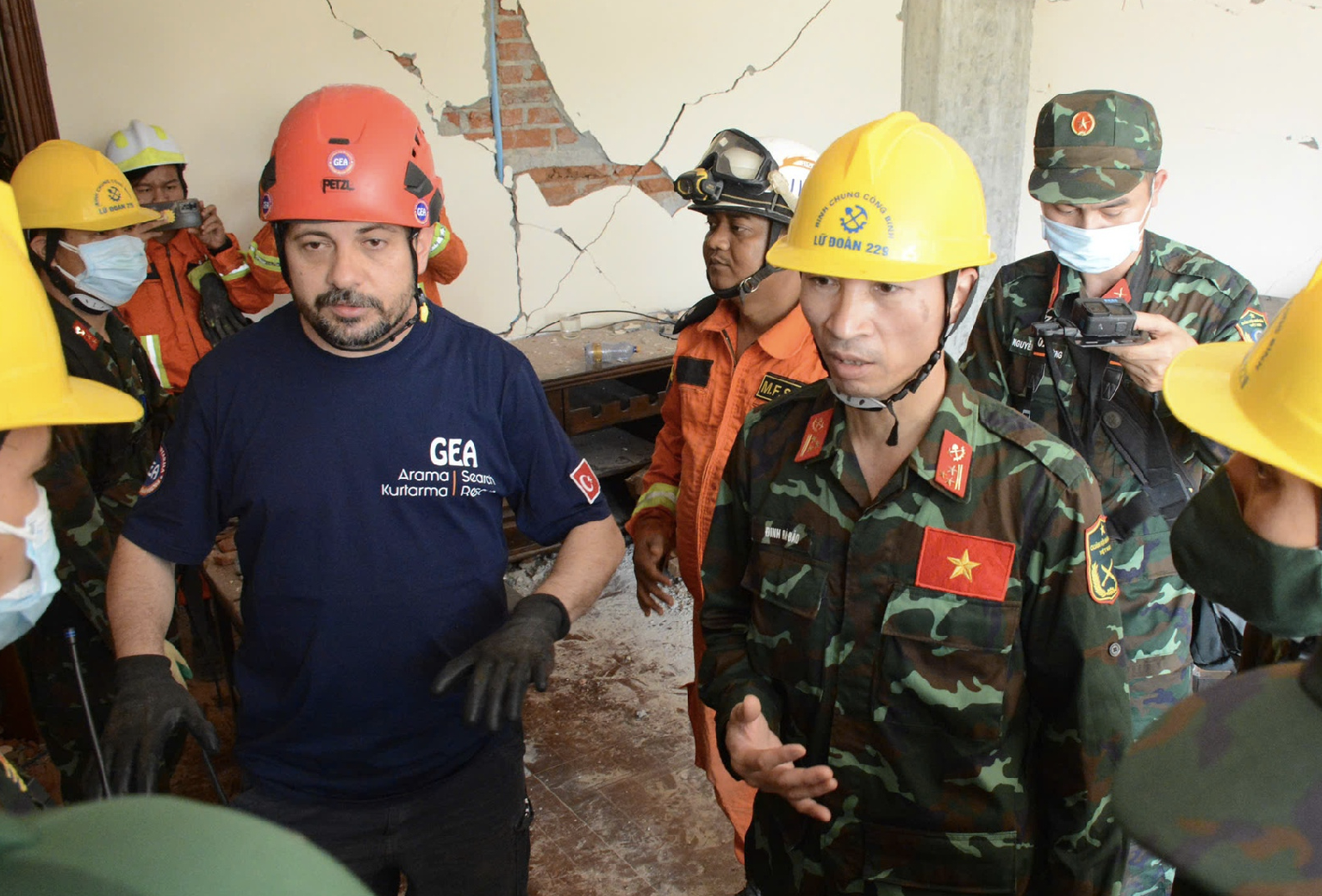



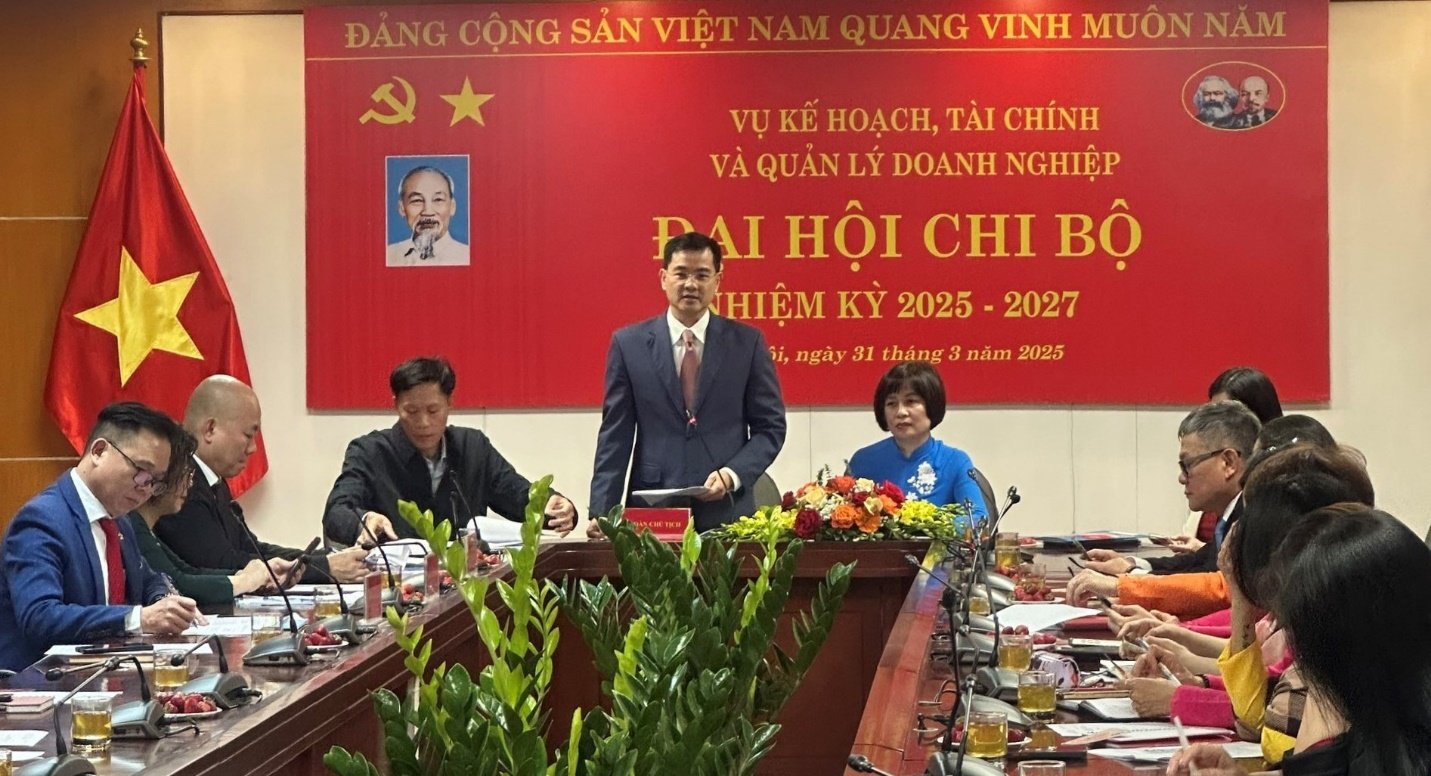

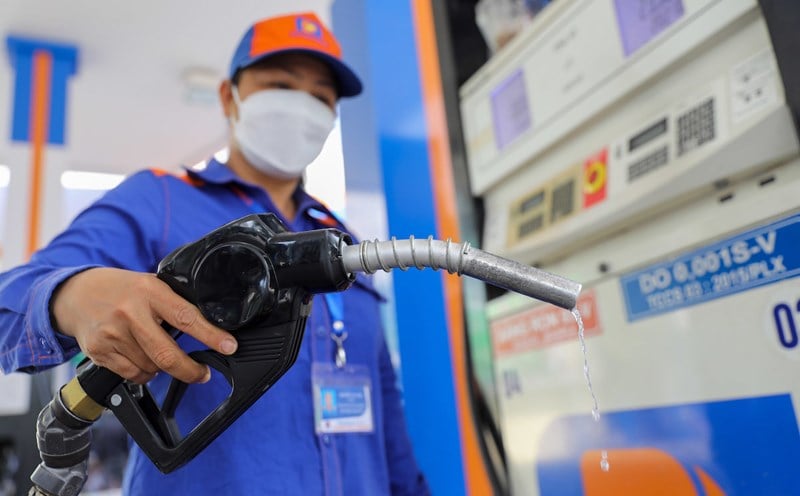
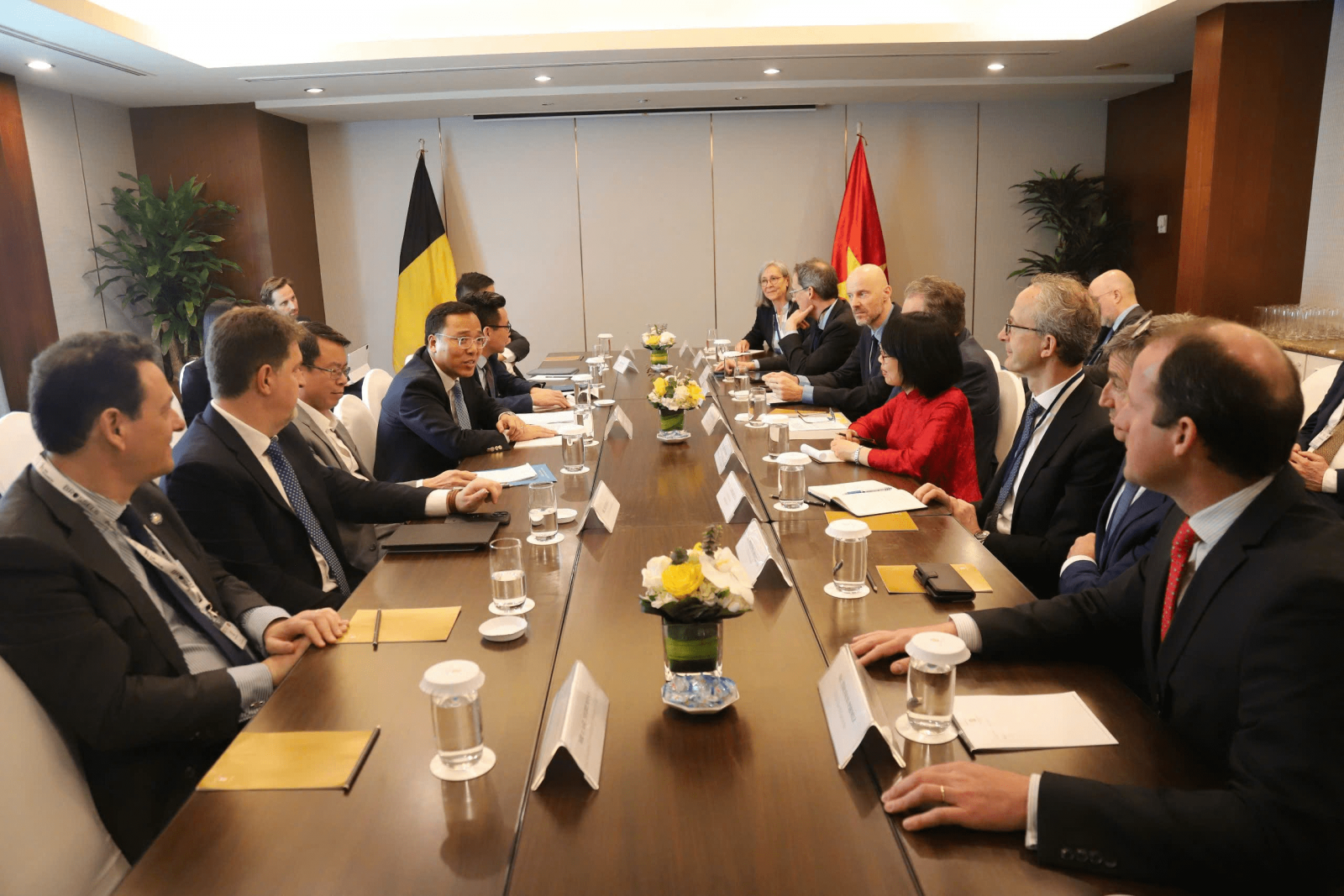
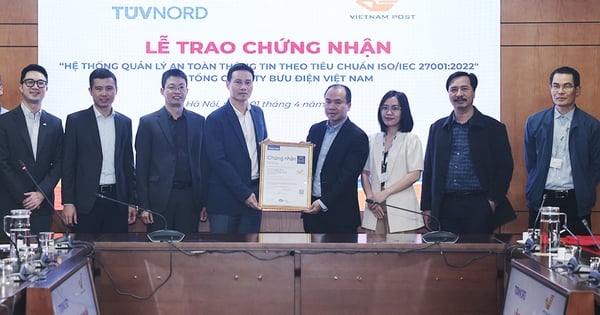




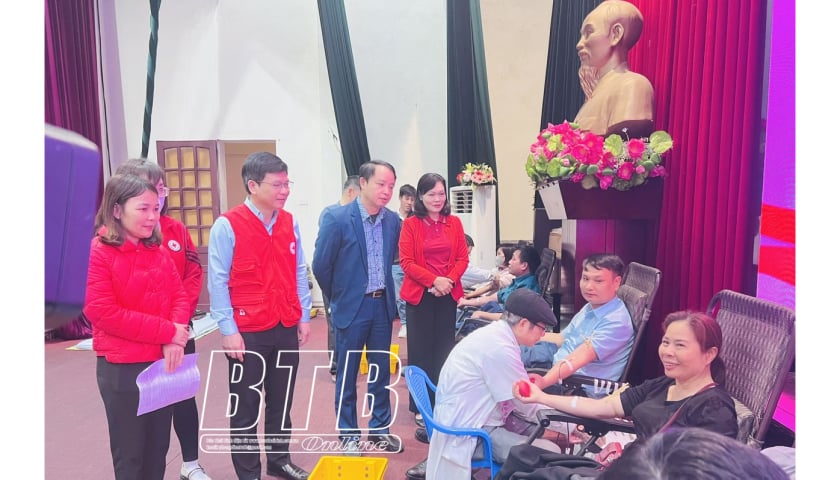

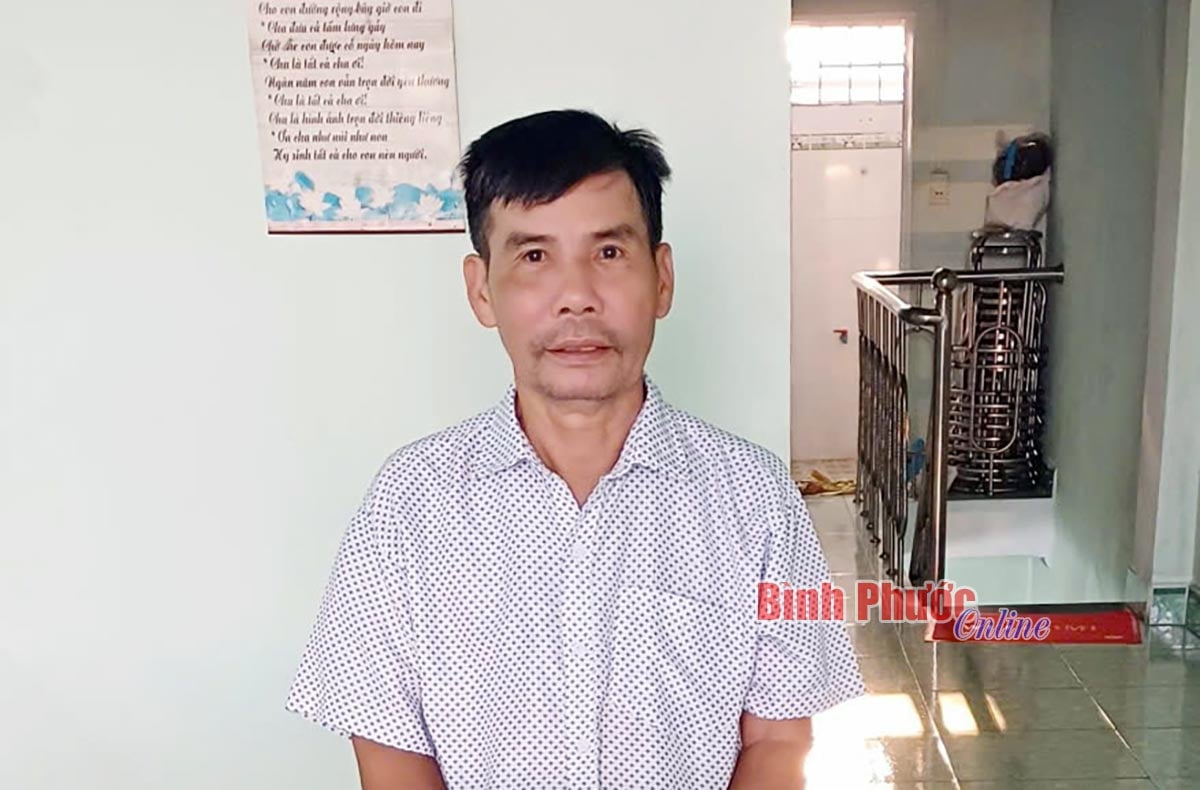

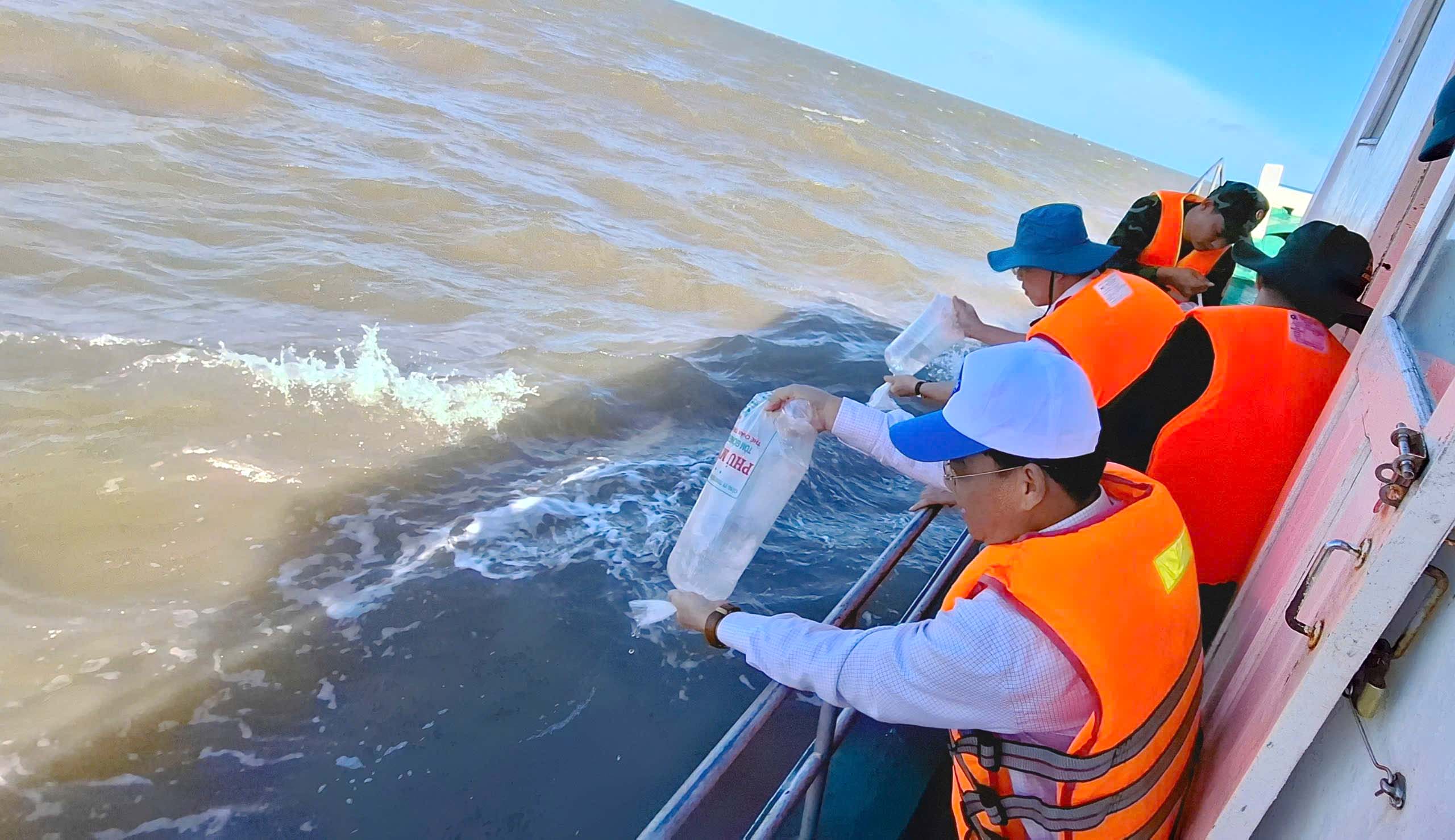
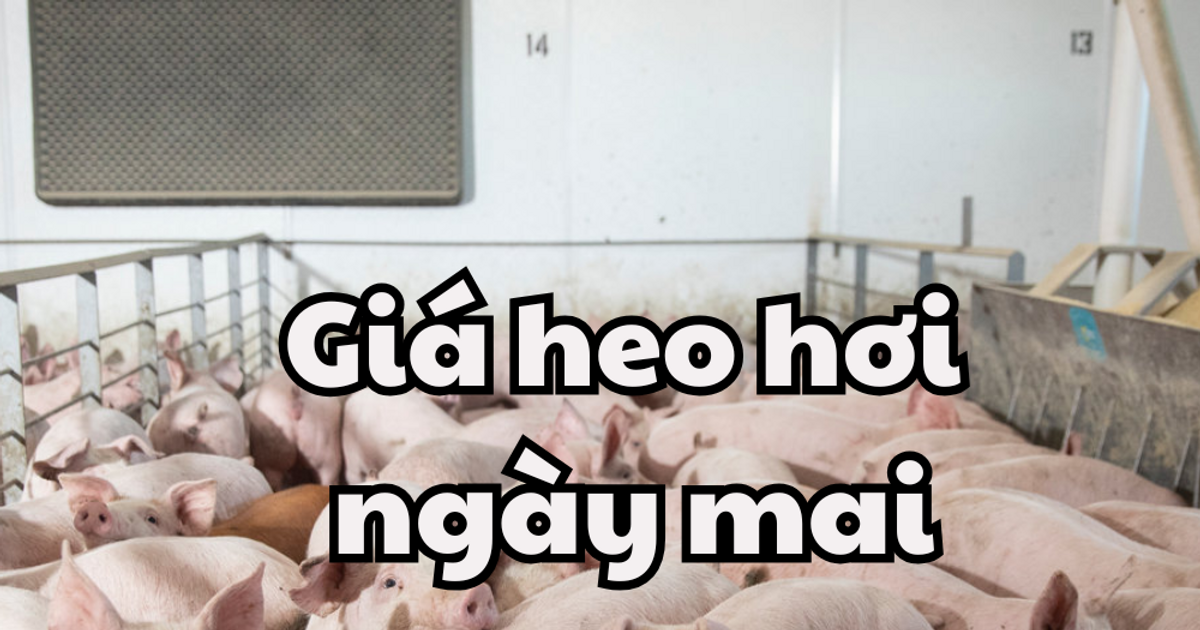












Comment (0)